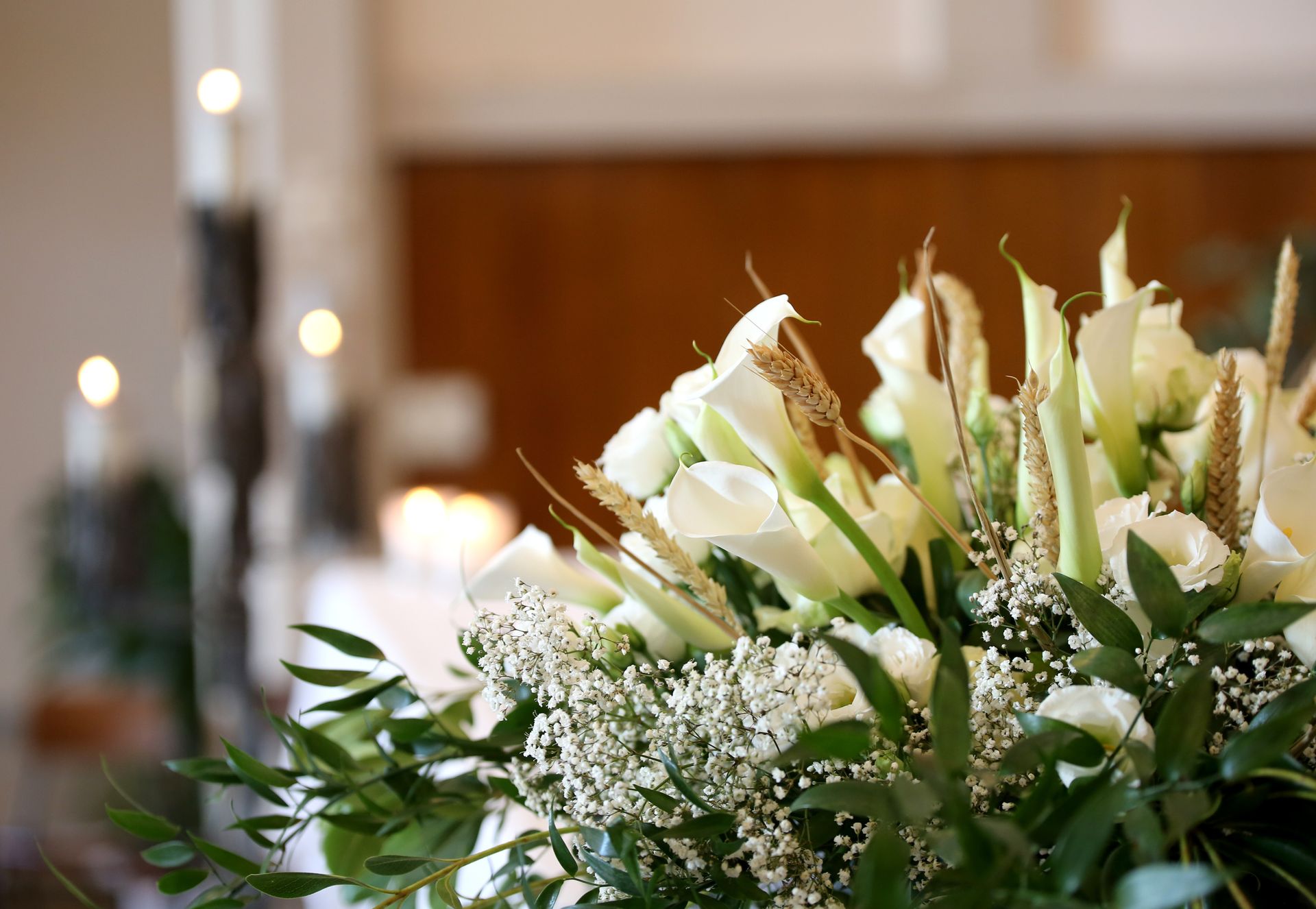DIY Memorial Ornaments
Nature's Symphony
DIY memorial ornaments can be simple, yet powerful additions to your holiday décor - a small way to hold your loved one close this Christmas season and in years to come. We’ve listed several simple ornaments that anyone can make.
Fabric Ornaments
If you have kept a favorite tie, shirt or other item of your loved one’s clothing, consider making a simple cloth ornament using some of the material. Simply trace a pattern twice onto the fabric, cut out the shapes and sew or glue them together with a ribbon on top. Buttons can be used for embellishments. We love these trees and mittens. Write a short note on the back with a fabric marker explaining the history of the piece so you and your family can remember in later years.
Scroll Ornament
This ornament is a record of your thoughts, hopes and feelings about your loved one. Create a scroll by gluing two dowel rods or smooth sticks to a long strip of paper. Write a special message to your loved one and add the date. Roll up the scroll and tie a ribbon around it and hang it on your tree. In the years to come, add another message. Be sure to store the scroll in a safe place like a paper towel tube to keep it from being creased or torn.
Ornaments from nature
If your loved one enjoyed the outdoors, you can make an ornament from pinecones found on their property or at a park. Simply glue on embellishments like as pompoms, ribbons, sequins or jingle bells. This is a fun activity for children. You can also take small sticks and glue them together in the shape of a star then decorate with yarn or string. Here’s a quick tutorial.
Photo Frame Ornaments
During the holidays, you can commonly find wooden picture frame ornaments at craft stores with the holiday kits. Or, attach a ribbon to the back of any small picture frame. Add a favorite photo of your loved one and hang the frame ornament on your tree. If you have multiple loved ones to remember, consider creating a remembrance wreath with photo ornaments for each.
Memory Chain
Cut strips of colored construction paper and write special messages to your loved one(s). These could be a thought to share with them, a quality about them that you admired, something they taught you or even the joke they told at every family gathering. This is a wonderful activity to do with the whole family. If you are honoring several family members, consider using a different color of paper for each person. Tape the papers together in rings and join them into a chain for your tree.









